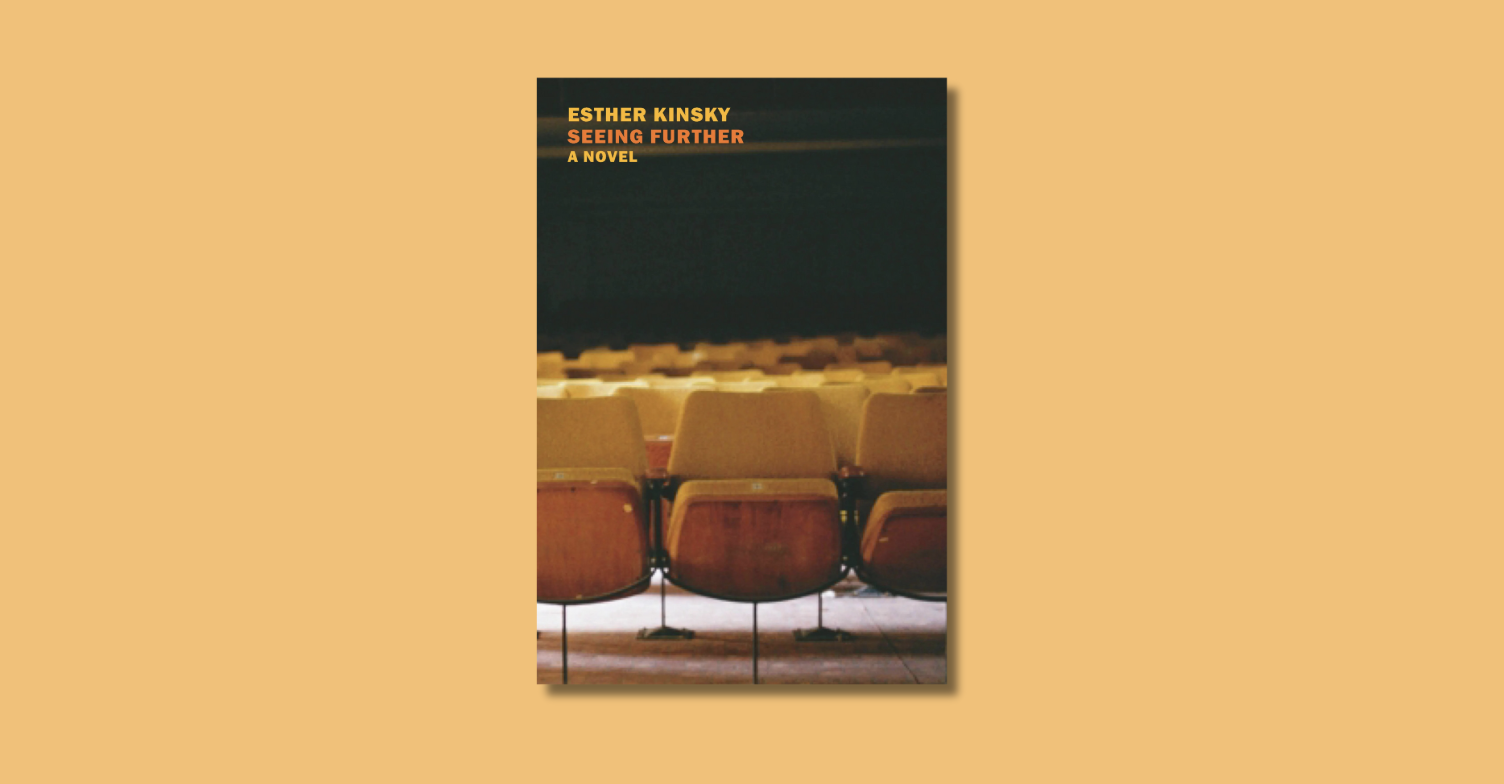You may have heard. Google has just launched a service called Google Print. Like Amazon, Google’s service allows people to search through books. Google announced at the Frankfurt Book Fair that are adding a lot of major publishers and they will be adding many titles. As with Amazon, there is a limit to how many pages you can view. And, at this stage anyway, it’s not possible to search the book database exclusively. I’ve found that the best way to get a Google Print result to show up is to type the word “book” and then whatever it is you’re searching for. It’ll be interesting to see if this develops further.








